Top Tips for Faster Recovery

1. Food
Working out depletes energy stores – and energy is exactly what is needed to fuel a workout. By consuming the right nutrients in the right amounts, we can successfully restore depleted energy stores and repair muscle damage. When it comes to macronutrients, carbohydrates and proteins are the MVP of energy restoration and muscle repair. When consumed two hours after exercise, high glycemic carbohydrates were found to resynthesize muscle glycogen, resulting in maximum recovery. Fruit like pineapple, watermelon, and dates are perfect to replace these glycogen stores. In contrast, in order to repair, increase the size and quality of muscle, protein is where it’s at. Ideally, 20 grams of whey protein seems to do the trick. Whey protein has a fast absorption rate, compared to soy protein which doesn’t have the same recovery effect.
2. Water
When we exercise, the body experiences changes in blood volume, which influences our cardiovascular function. That’s why it’s important to replace lost fluids to restore cardiovascular function and recover faster. Research shows, that water alone may not be sufficient. Instead, pairing water with sodium achieves greater positive fluid balance in the body. As well, adding glucose or some type of carbohydrate to water will slow the rate of gastric emptying, which increases fluid absorption. Try not to opt for popularized sports drinks that have additives and colouring; instead, opt for pure coconut water for a healthier option.
3. Massage
Massage, whether manual or mechanical (hello, foam roller) has been claimed to increase range of motion, circulation, and reduce neuromuscular excitability, while relieving cramping and pain. This is because massage following exercise reduces blood markers of muscular damage and inflammation by increasing blood flow to the muscle. Research found that a 20 to 30 minute massage performed immediately or following up to two hours after exercise is most effective at reducing delayed onset muscle soreness. But the effects of massage go beyond the recovery process itself. Turns out athletes will restore maximal isometric force and peak torque in their performance as a result of this therapy.
Most interestingly, stretching was not found to have statistical effectiveness in promoting recovery on its own; however, stretching paired with massage makes for a great recovery regime according to research. Next time try pairing some stretches with the foam roller for maximum recovery.
4. Hydrotherapy
Hydrotherapy is cost-effective recovery technique to use after a hard hitting gym sesh. Hydrotherapy moves to pump lactic acid out of your muscles and into your body’s lymph prepping it for recovery. Hydrotherapy may involve cold water, hot water, or a contrast of the two. All have therapeutic benefits, but when it comes to muscles and recovery, it is cold water that gets the gold star. Cold water has been shown to reduce delayed onset muscle soreness, muscle fatigue, and can alleviate musculoskeletal pain.
First timers: try switching your shower to cold water during the last 30 seconds. Keep adding 30 seconds each shower until you’re a cold shower pro!
5. Compression Garments
In the same study published in Exercise Physiology it was found that wearing high pressure compression garments that exert high compression after exercise restores muscle function more effectively. Compression garments help to reduce delayed onset muscle soreness, the perception of fatigue, and improve biomechanical variables related to running, aiding in performance long-term.
6. Sleep
Sleep may be one of the most undervalued interventions when it comes to muscle recovery. Cell clean up, cell repair, and hormonal regulation are at their peak during times of rest. These processes in the body not only speed up recovery, but also improve physical performance, reaction time, enhance mood and decrease fatigue. The role of hormonal regulation during sleep should not be undermined, either. The hormone “growth hormone” is at its peak during sleep. This hormone is involved in the stimulation of growth, cell reproduction, and cell regeneration (tissue repair) AKA – sleep is essential for muscle recovery. Though everyone’s sleep demands are different, try some of these tips for better sleep:
- Avoid technology at least 30 minutes before bed
- Sleeping in a dark, cool room (blackout blinds are best!)
- Avoid caffeine products later on in the day
While we’ve wrapped up some of the most well-researched recovery interventions, we’d love to hear which ones you employ that help you reach your goals. Follow us @reflexsupplements on Instagram, and be sure to tag us in your fitness posts using the hashtag #ReflexNation!




